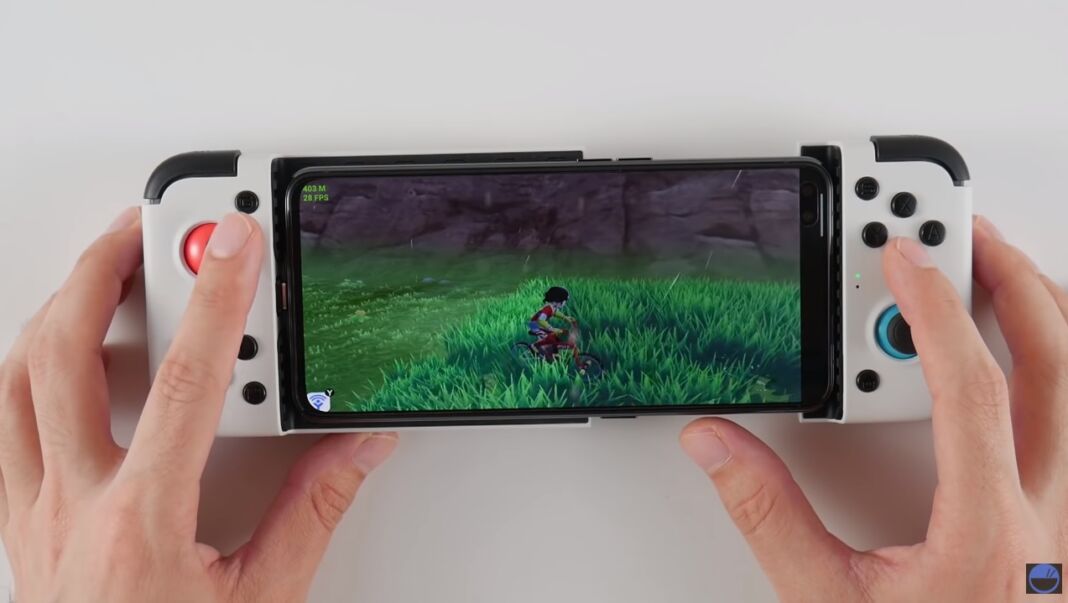

In other words, I simply can't transfer perfectly the NES hardware operations, over to the SNES, I need to make modifications and changes on the SNES side.” (I know there’s a lot of jargon in there, so if you’re really interested in the intricacies of SNES romhacking, here’s some further reading.) - SNES Assembly language tutorial - An explainer on NMI (non-mask interrupts) - What the heck PPU, OAM, and CGRAM are

The things that need modification on the SNES side, are things like NMI enable disable, PPU rendering enable disable, background/sprite enable disable, converting NES OAM DMA to SNES OAM, converting NES palettes to get their SNES CGRAM equivalents. I have the original game running on FCEUX, with its hex editor open, then I have my empty file open in Mesen2, with its hex editor open, and I begin copying what I see on the NES side, and paste/write onto the SNES side. That means infidelity has to open up the game’s code in hex form and figure out what it’s doing on the NES - then figure out how to translate what it’s doing to the SNES: “I use the memory viewer to add my code in hex, I have the debugger open so I can step through my code one instruction at a time, to see in real time the results, and the Tile Viewer is open so I can see the tiles being inserted.”īoth the NES and SNES are programmed with 6502 Assembly, but there are obviously differences between the two systems that affect how they interface with the hardware. “The Mesen2 debugger shown here is where I'm about to start doing my custom edits,” infidelity says. 20 years later, I’m again smitten with a fan-made port of the game, but this one isn’t for the PC - it’s for the Super Nintendo. I’m still surprised dit survived - maybe it was just too old a game, too small potatoes, for Nintendo to bother nuking.īut for a teenager with a budding interest in the history of games older than me and a cringey “Know Your Roots” NES t-shirt ensuring I was really obnoxious about it, Zelda on PC was a treasure. I may have assumed that it was sanctioned by Nintendo since it was allowed to exist and available as a free download. I remember it being baffling, but forget now if I was savvy enough to figure out exactly what it was: a fan-made port, painstakingly recreated to play near identically to the original game and run on even modest PCs. So here we go: bonus issue time!!Ī little before I figured out I could download emulators on my PC, one of the many Legend of Zelda fansites I visited religiously turned me onto something that felt like a borderline holy object: Zelda Classic, a version of the original Nintendo Entertainment System game I could play on my PC.

Last week’s Read Only Memo was stuffed with news, so I ran out of time to include this very cool project and do it justice.


 0 kommentar(er)
0 kommentar(er)
